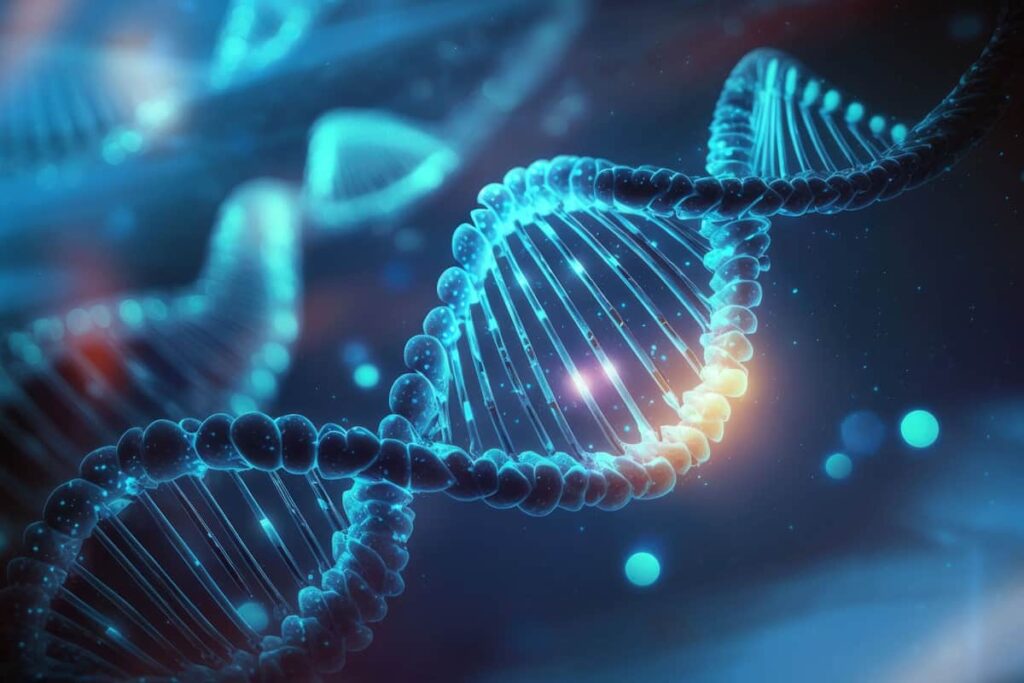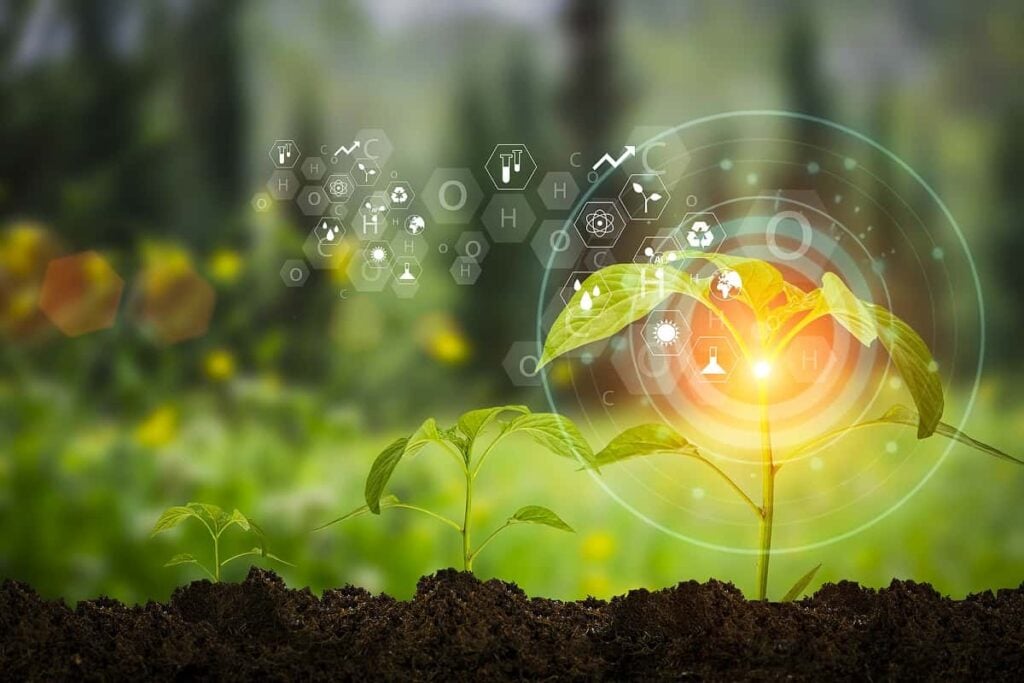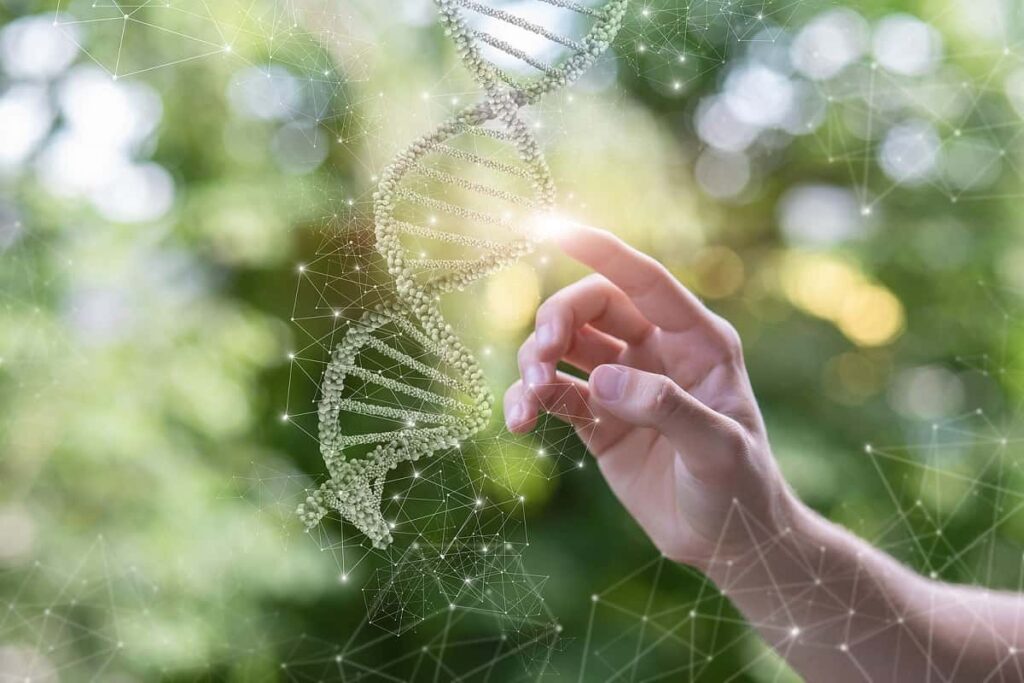Cheap Cannabinoids That May Cure Cancer
Table of contents

Mining our readership metrics to see what articles people enjoy reading is always insightful. Given that weed is legal in the Great White North, a fair number of our Canadian readers gravitate towards the cannabis articles. Since it’s been nearly three months since we’ve waxed any cannabis-related poetic, we feel like we’re letting down our neighbors from the north, eh, along with anyone else who came for the cannabis and stayed for the disruptive tech. So, we’re going to start this piece by telling you how to get high for pennies on the dollar.
Rick Simpson Oil
If you’re a health-conscious person who enjoys smoking cannabis and tobacco, you’ll eventually quit smoking cigarettes because there’s zero upside – but you’ll still keep smoking weed because <INSERT COMPELLING JUSTIFICATION HERE>. Eventually, you’ll realize that smoking cannabis is also bad for your lungs, so you’ll give your four-foot bong to the neighbor and start vaping. Then you’ll realize that vaping is also bad for your lungs, so you’ll start eating edibles.
Typically, edibles cost $15 to $20 USD for 100 milligrams worth of THC (the active ingredient which is what you’re after) which usually comes in ten doses of 10 milligrams each. That means a single dose will cost between $1.50 to $2.00. Here’s a little secret most people don’t know.
We’ve visited dozens of dispensaries while doing “field research,” and almost all of them sell “Rick Simpson Oil” (RSO). Essentially, RSO contains all the delicious THC found in edibles, but in a concentrate form, housed within a sinister-looking syringe that would give a smackhead the sweats:

While price points have been increasing lately, you should find RSO priced between $15 to $30 for a 1,000-milligram syringe (100 doses). Go buy a bag of gummy bears, then squirt a half-a-grain-of-rice-sized dab on a gummy bear and chew away. You’ll feel the same effect as an edible except you’ll be paying 15 to 30 cents a dose – about 10% of what you would pay otherwise. You’re welcome.
We didn’t just bring this up because we want to help you save enough money to purchase a Nanalyze Premium subscription, it’s because the story behind RSO is related to what we’re going to talk about today – cannabinoids.
Can Cannabis Cure Cancer?
The man who made Rick Simpson Oil famous sure thinks so. After developing skin cancer, Rick Simpson made some potent cannabis extract with ungodly amounts of THC in it, and then spread it on the cancerous spots. Word on the street is that he healed himself, and then wanted to help others do the same, encouraging them to make their own cannabis oil concentrates. Some marketing person thought this was a compelling story that could help sell more product, and here we are today.
There are studies that show cannabinoids make cancer cells die, and studies that show it actually makes them grow faster. The truth is, we just don’t know enough about how cannabinoids affect the body. What we do know is that our body has receptors that recognize THC which is why we get high. It’s a fascinating topic, and one we’re not even remotely qualified to discuss.
The Endocannabinoid System
So far, all we’ve been able to talk about is how to get high for less money. Nick Jikomes, Leafly’s principal research scientist, holds a PhD in neuroscience from Harvard University, which means he’s actually qualified to talk about how cannabis affects the human body. Mr. Jikomes wrote an excellent article over at Leafly about the endocannabinoid system (ECS) which can be found in all of us. It’s a bit technical, and falls under the TLDR category, so here’s the gist.
The ECS is a biological system made up of the following key components:
- Cannabinoid receptors found on the surface of cells
- Endocannabinoids, small molecules that activate cannabinoid receptors
- Metabolic enzymes that break down endocannabinoids after they are used
The purpose of this system is to regulate the body so it remains in “the Goldilocks zone” when it comes to things like temperature and blood sugar. So, the compounds in cannabis – cannabinoids – interact with the ECS and that’s why you get the munchies. Roughly speaking.
Now that cannabis is becoming legal, we can begin to research the effects of some cannabinoids on the body, but not all of them. That’s because some cannabinoids are so rare that even if you covered the entire planet with weed, you wouldn’t be able to extract enough of these rare compounds to test. That’s why a startup called Demetrix is using synthetic biology to produce cannabinoids.
Synthetic Biology and Cannabinoids
Last year we coined a piece titled “Cannabis Research to Make Marijuana Cannabinoids Cheaper,” which listed out some of the many companies using synthetic biology to produce cannabinoids.

One of the pioneers in this space is Demetrix, a startup that has now taken in $61 million in funding to produce a rare cannabinoid called “cannabigerol (CBG)” that makes up less than 1% of the compounds extracted from those delicious buds (CBD and THC make up about 30%). Just this month, the company “commenced 15,000-liter demo-scale fermentation production,” which means they’ll soon be producing 3,962 gallons of CBG every time they run their production process (no color was given on how long that process takes).
Again, we turn to the experts over at Leafly who wrote a comprehensive article on CBG, a minor cannabinoid that’s “present in low levels (usually less than 1%) in most cannabis strains.” Since CBG is the direct precursor of the cannabinoids CBD, THC and CBC, Demetrix can presumably use this same production method to create many of the other rare cannabinoids that may have miracle properties.
It all sounds good on paper, but then you need buyers for those compounds, and there needs to be demand for large quantities – like 3,962 gallons at a time. Seems like this business model only makes sense if these compounds – CBG or otherwise – can be utilized in therapeutics. This could take some time given that cannabis remains illegal on a federal level.
Other Miracle Plants
We have to admit we’re a bit skeptical about the whole thing. For years, we’ve been hearing the Burning Man types tell us how cannabis can feed and clothe everyone, while at the same time curing every ailment known to man. Then you have CBD, that miracle compound which does all these great things, but you won’t really be able to notice the effects. (Rolls eyes.) Never mind the fact that any of these compounds could cause harm as easily as they could provide benefits. Is the cannabis plant really all that special? “Well, because the plant has been illegal, we haven’t been able to exploit its miracle properties,” you’ll hear them say.
Even if cannabis is a miracle plant, it’s not the only one out there. Now that we can create extracts of rare plant compounds, why just stick with cannabis? The Chinese have been using all sorts of plants to heal themselves for centuries. In fact, insurance policies in Hong Kong often let employees choose between receiving Traditional Chinese Medicine (TCM) or Western medicine. If even the insurance companies believe in the efficacy of TCM, there’s something to it. Consequently, the entire domain of TCM should be as equally appealing to investors as the cannabis domain is.
Conclusion
Let’s conclude with the key takeaways. If you’re currently buying edibles, switch to RSO instead, and save loads of moolah. Just don’t expect to benefit from every one of those +120 cannabinoids because many are available in such small quantities. We don’t know what many of these cannabinoids do because we can’t extract sufficient amounts to test, no matter how many plants we grow.
That’s why companies like Demetrix are using synthetic biology to produce rare compounds that may result in new therapeutics. Why stop there? Soon, we should see a whole slew of startups identifying beneficial compounds in all sorts of plants, and producing them at scale using synthetic biology.
Sign up to our newsletter to get more of our great research delivered straight to your inbox!
Nanalyze Weekly includes useful insights written by our team of underpaid MBAs, research on new disruptive technology stocks flying under the radar, and summaries of our recent research. Always 100% free.
















I have small cell lung cancer that is currently in remission, I wish I knew if edibles would help me !! I am a little afraid to eat any right now…. Any additional info. Would be greatly appreciated!! I do miss my flower!!
Yes, nothing beats smoking flower. The article’s reference to curing cancer was largely related to RSO. It’s one man’s experience – assuming he’s telling the truth – and he administered RSO as a topical. A cursory look shows some animal studies have been conducted on the effects of cannabis on cancer with mixed results. There are several hundred types of cancer, and precision oncology is where the industry seems to be headed.
Glad to hear you’re in remission! Ask your doctor about edibles if you have concerns around taking them. They may not cure cancer, but they offer up some of the same enjoyment you get from smoking flower. Also, don’t eat too many or you won’t have a very pleasant experience.
Thanks for the comment Gene!